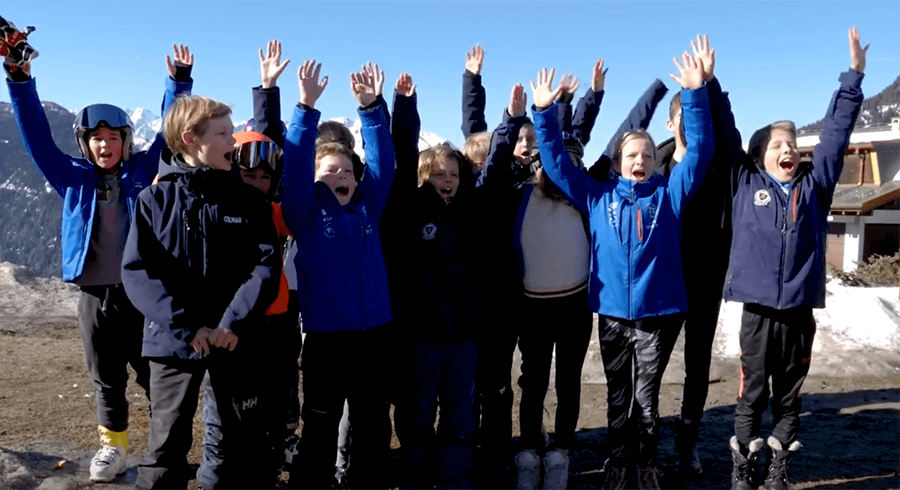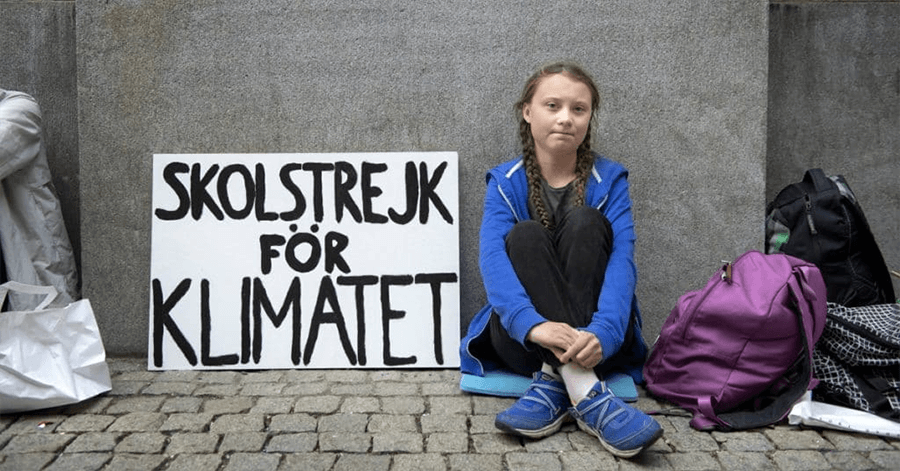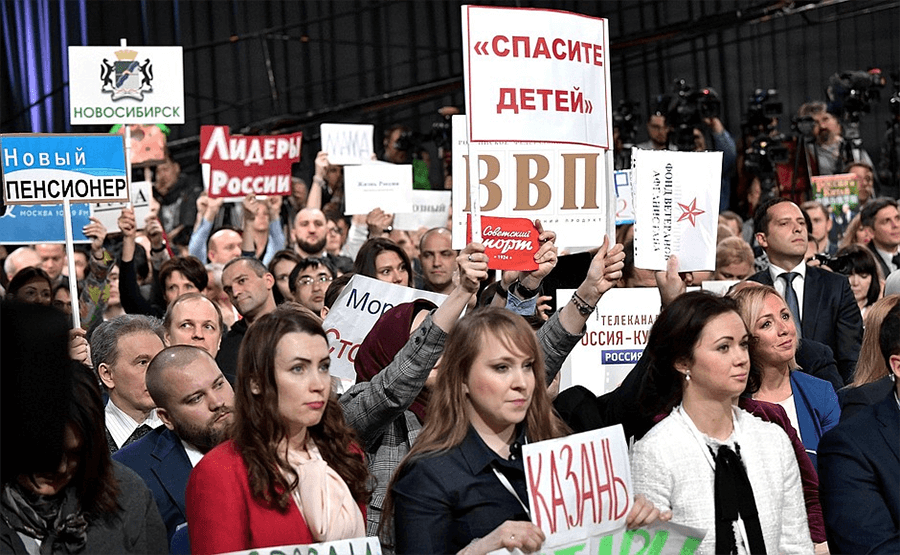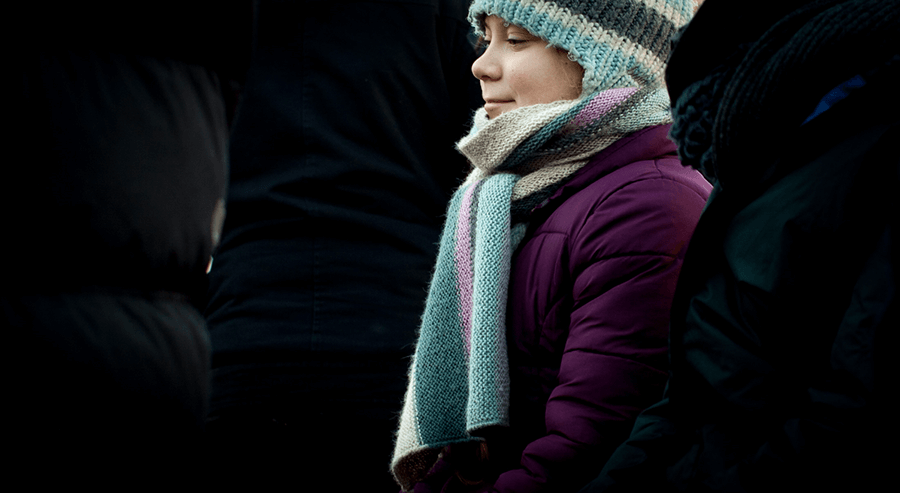CLIMATE STRIKES: WHY STUDENTS AROUND THE WORLD ARE GETTING INVOLVED


Climate change education
Education is one of the most essential keys in the global response to climate change. Different institutions have allowed students to explore climate change through the use of interactive activities such as Eco-friendly transport options.
The Eco-friendly transport options include travelling activities without using cars. Walking and riding bikes or scooters are one of the ways students can travel without using cars. Playing hockey on the side of the road and skiing all the way to school is also a fun way to travel. These options suggested by students are designed to combat climatic change.
Climate change has gained a lot of popularity in the world and a lot of progress has been made by including climate change education into school curriculums. Lecturers and students as well also use social media as a useful tool encouraging greater knowledge of climate change.
THE EARTH IS AT A TIPPING POINT
The students were lucky enough to meet with Johan Rockstrom along with a team of other scientists. Johan and team have corroborated extensive natural feedback processes and many of them can serve as “tipping elements.” Nature is known to have feedback mechanisms, such as the rainforest’s ability to create its own humidity and rain. This successfully keeps the ecosystem in equilibrium. Rockstrom says, if the rainforest is subjected to an intense increase in warming and deforestation, the feedback mechanism will slowly get weaker.
When the tipping point is crossed the feedback mechanism changes direction. The rainforest will eventually morph from a moisture engine into a self-dryer. Soon enough the rainforest will change into a savanna and in the process, it will release carbon. This is the tipping point that will begin a series of climatic disasters such as El Nino events, forest fires, loss of coral reefs, Arctic summer sea ice.
To ensure that we stay away from the tipping point, a global call to stop carbon emissions should be initiated. The whole world must adopt major projects to become sustainable across all sectors. While teaching on climate change in secondary education, students should also be educated on creating investment funds that can support poorer nations that don’t have as much capacity to reduce carbon emissions as the richer countries do.
Every 100,000 years, the earth has always naturally cycled in and out of an ice age. According to research, the planet progressively left the last ice age around 12,000 years ago. Currently, Earth is in an interglacial cycle known as the Holocene epoch. The Holocene epoch began just as the Earth entered a warming trend. The glaciers retreated and the climate gave way to the growth of extensive forests. As the climate changed, the very large mammals that had adapted to extremely cold weather, like mammoths and wooly rhinoceros eventually became extinct.
In the Holocene epoch the Earth has adopted natural systems that help keep the Earth’s surface cool, even during the hotter interglacial periods. Many scientists, however, state that because of the immense pressure and impact of humans on the environment, the Earth’s climatic temperatures are nearly as hot as the maximum historical temperature during an interglacial cycle.
Today industrial activities that require the burning of fossil fuels along with thousands of other human activities emit 40 billion tons of carbon dioxide a year. Roughly, half of the missions are taken up and stored by the oceans, trees, plants, and soil. However, humans are now pushing the system to the limit by occasionally cutting down trees, degrading too much soil, wasting a lot of fresh water and continuously emitting large amounts of carbon dioxide into the atmosphere.
Soon enough with continued pressure to the earth’s system. Forests, soil, and water will begin to release the carbon dioxide that they have been storing. Scientists fear that if carbon emissions continue and humans continue to apply pressure to the system the planet will leave the glacial-interglacial cycle and will become a self-heater. The Earth will be thrust into a new age of the “hothouse Earth.”
In our natural world, there are a large number of people who still do not pay attention or care about the world’s current climatic catastrophe and species extinction. This has actually led to a rise in the number of students who have chosen to start a movement encouraging leaders, industries, and citizens from all over the world to prioritize on caring for the environment.
At this pivotal time for our species and the earth, the climate change secondary education students are determined to inform the world about threats, consequences and different solutions that we should adopt to save the planet. In this article, we will go through some of the different reasons why students are getting involved and how these students are making a difference globally.
GRETA THUNBERG’S LONELY START AS AN ACTIVIST FOR CLIMATE CHANGE

Greta Thunberg, a Swedish teenager, decided to cut class and protest drawing attention to the perilous state of the climate. Greta was a solitary protestor, sitting before her country’s parliament armed with fliers that stated that she was refusing to attend school in protest because of adults and leaders lack of concern for her future.
Every day for over two weeks, Greta sat quietly on the cobblestones outside parliament in central Stockholm, handing out leaflets and speaking on the cause of her protest.
Greta is not the stereotypical leader for climate revolution. She is a simple teenager with a goal and a purpose. “I am doing this because nobody else is doing anything. It is my moral responsibility to do what I can,” says Greta. “I want the politicians to prioritize the climate question, focus on the climate and treat it like a crisis,” she added.
Greta mentioned that she was often mocked, with many telling her that she should first focus on her education and the rest will follow. Her parents wanted her to give up the protest and go back to school. Her teachers, on the other hand, are divided. “As people, they think what I am doing is good, but as teachers, they say I should stop.”
Greta was labeled a troublemaker. When people approached her telling her that she should be at school, she would point to the textbooks in her bag saying, “I have my books here, but I’m asking myself: what am I missing? What am I going to learn in school? Facts don’t matter anymore, politicians aren’t listening to the scientists, so why should I learn?”
THOUSANDS OF STUDENTS WALK OUT OF CLASS FOR A GLOBAL DAY OF CLIMATE ACTION

Ms. Thunberg’s protest eventually caught the attention of thousands of adults and students with others joining in. After the Swedish elections in September 2018, she made her protest on climate change Switzerland a weekly event mostly on Fridays. The news of a Swedish teenager protesting for climate change quickly spread online under the hashtags #climatestrike and #FridaysForFuture.
What began as one teenager’s vigil calling for action on climate change has gone global, with different schools taking part in the protest. Thousands of students took to the streets in the Fridays for Future protest.
School children from all over the world ditched classes as a symbol of dedication demanding global leaders take action on climate change. The students view ditching class as a symbol of dedication: We’re sacrificing our education so that we can have a future.
The eastern Australian city of Melbourne witnessed one of the largest protests in the country. “Our weather is already getting increasingly unpredictable and intense. Last year, just after a drought, there was severe flooding and thousands of people had to be evacuated.” said one of the students. “In other parts of the country, rainforests that had never seen fire were suddenly burning. There was nothing, it was all dead. Kangaroo skeletons were everywhere.”
In New Zealand, one of the other countries where the protests kicked off, strike organizers mentioned that they were happy after a meeting with Prime Minister Jacinda Ardern and Climate Change Minister James Shaw. The government officials promised to take positive steps.
The German Chancellor Angela Merkel also voiced her support for the weekly protests by school students. Merkle mentioned that it was a great initiative and she was supportive of the fact that “students can take to the street in the cause of climate change.”
On Thunberg’s Fridays For Future Website, students continued to urge their parents to join the global strike.
“We’re asking adults to step up alongside us. Today, so many of our parents are busy discussing whether our grades are good, or a new diet or the Game of Thrones finale, while the planet burns.” they write, “To change everything, we need everyone, it is time for us to unleash mass resistance. If we demand change in numbers, we have a chance.”
GRETA THUNBERG NOMINATED FOR THE NOBEL PEACE PRIZE

Greta Thunberg has been nominated by three Norwegian MPs. If she is to win, she will be the youngest recipient since Pakistan’s Malala Yousafzai, who was 17 when she received the prize.
“We have proposed Ms. Thunberg because if we do nothing to halt climate change, it will be the cause of wars conflict and refugees,” Norwegian socialist MP Freddy Andre said. “Greta Thunberg has launched a mass movement which I see major contribution to peace,” he added.
Thunberg, who scratched her way to global prominence by staging a school strike to protest about lack of action from the nation’s leaders to deal with climate change, is favored to win the prestigious award.
Greta has Asperger’s syndrome, which in the past has affected her health. However, she does not view her condition as a disability but as a gift which has allowed her to open her eyes to the climate crisis. “The best thing about my protest has been to see how more and more people have been coming and getting involved” says Greta.
Of course, the most impressive thing about Greta is that she’s not a world leader, but a ‘simple’ student from Sweden. It just goes to show you how much of a difference one determined student can make on the world stage, and how important our youths can be in the fight against this world wide crises.






